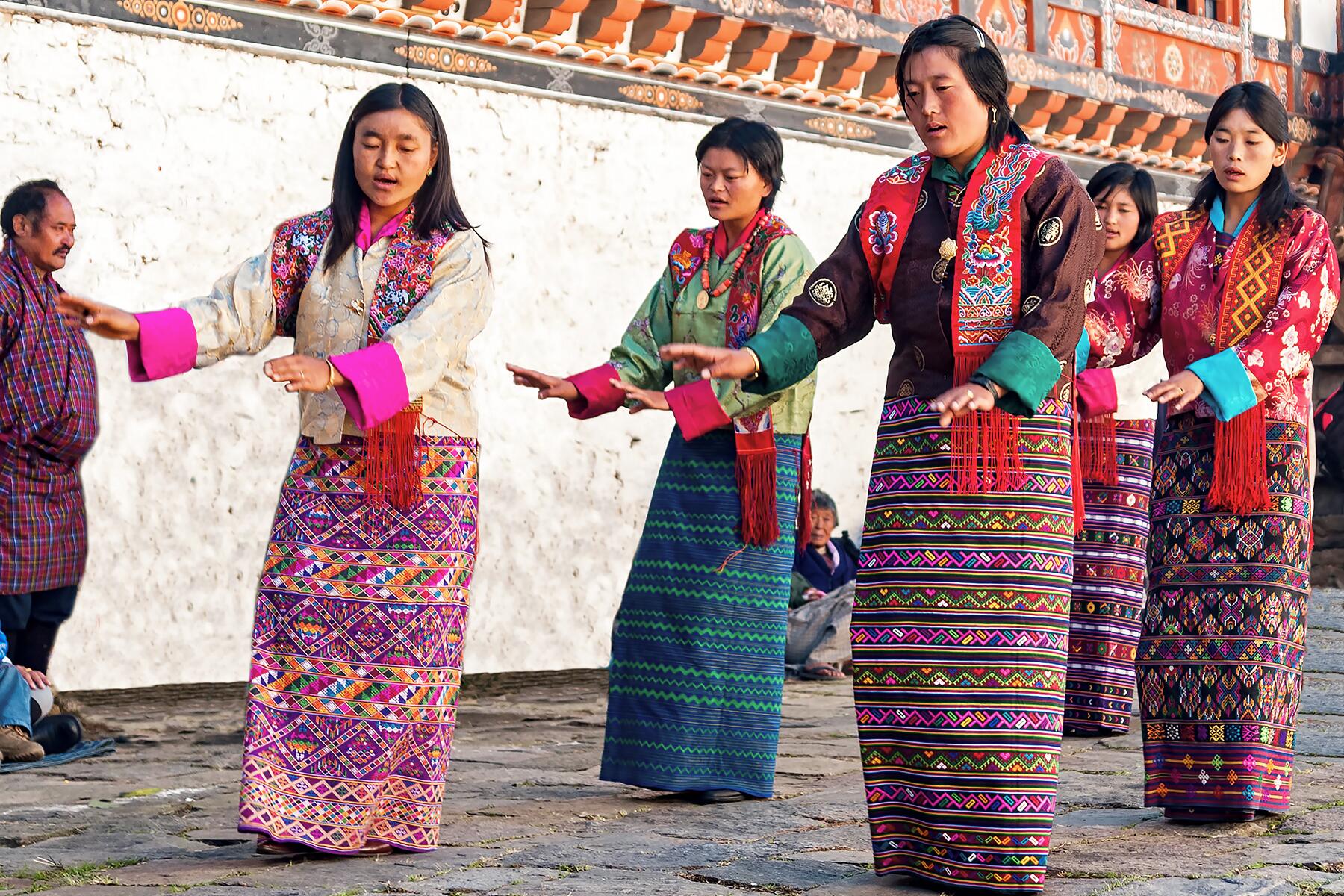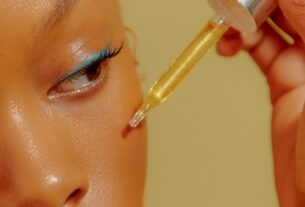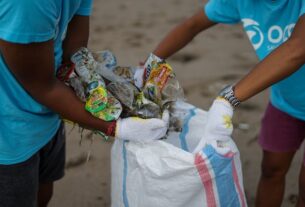In spite of the various influences, the national clothing of the Philippines remains remarkable, unquestionably unique, colourful, and ornate with relics from the land’s natural resources. Philippines’ traditional clothing is a product of its climate, cultural heritage, occupation by foreigners, and way of life. These are the men’s and women’s national costumes of the Philippines.
Traditional clothing of the Igorot people
Igorot Costume for Men is also known as a Bahag or G-String. Long woven fabric with a width of 10 to 15 inches and a length of 3 to 5 feet is what this is. The size of the bahag is determined by the person who will be using it. If you want a bahag, you can always ask the weaver to make one for you that fits your waist and height.
Traditional Ifugao Clothes
The Tuwali Ifugao, also known as Kiangan, Ifugao, or Gilipanes, are a group of 15 localities and three dialects who live in the municipality of Kiangan at the southern end of the Ifugao Province. Ifugao Tribal Outfits men’s traditional clothing is known as “Wanno” or “G-string.” There are six different types of wanno to wear depending on the occasion or the man’s social status. The Ifugaos’ traditional female clothing is known as “Tapis,” which is a wraparound skirt.
Barong tagalog
Men in the Philippines wear the barong tagalog as their official national costume. a barong is what the young man is wearing in the picture. A Chinese collarless shirt, known as a camisa de Chino, is worn under it. Boys & Kids Barong along with the school uniform, the young man can be seen sporting the region’s traditional wide-brimmed straw hat, known as the salakot in other parts of the country. The baro at saya (plural baro’t saya) is the official national costume of the Philippines for women. The top blouse is known as a baro. The skirt is known as the saya. Although men and women used to dress differently, the baro is a style of clothing in which women wear blouses and shirts over their tops to cover their torsos.
Katipunero Outfit
The Katipunero outfit is a go-to for Buwan ng Wika if you want something basic. In this period, it is common to see children dressed in Katipunero outfits. This outfit usually consists of a white shirt, red slacks, and a red bandana tied around the neck. There is no doubt that the Katipuneros played a significant role in the struggle for Philippine independence. It’s only right to honour them as national heroes.
Malong Outfit
A malong is a versatile Sulu-style garment. A skirt or dress is frequently one of these uses. Malayan malong is a type of hand-woven cloth made from a loom. Depending on the fabric, these can be extremely hard to come by and extremely expensive. Yellow was once considered the colour of local royalty in some tribes. There are many tribal costumes in the Philippines that are traditional for a particular tribe. They’re all handcrafted and reflect the tribe’s culture, traditions, beliefs, symbols, folklore, and so on.





